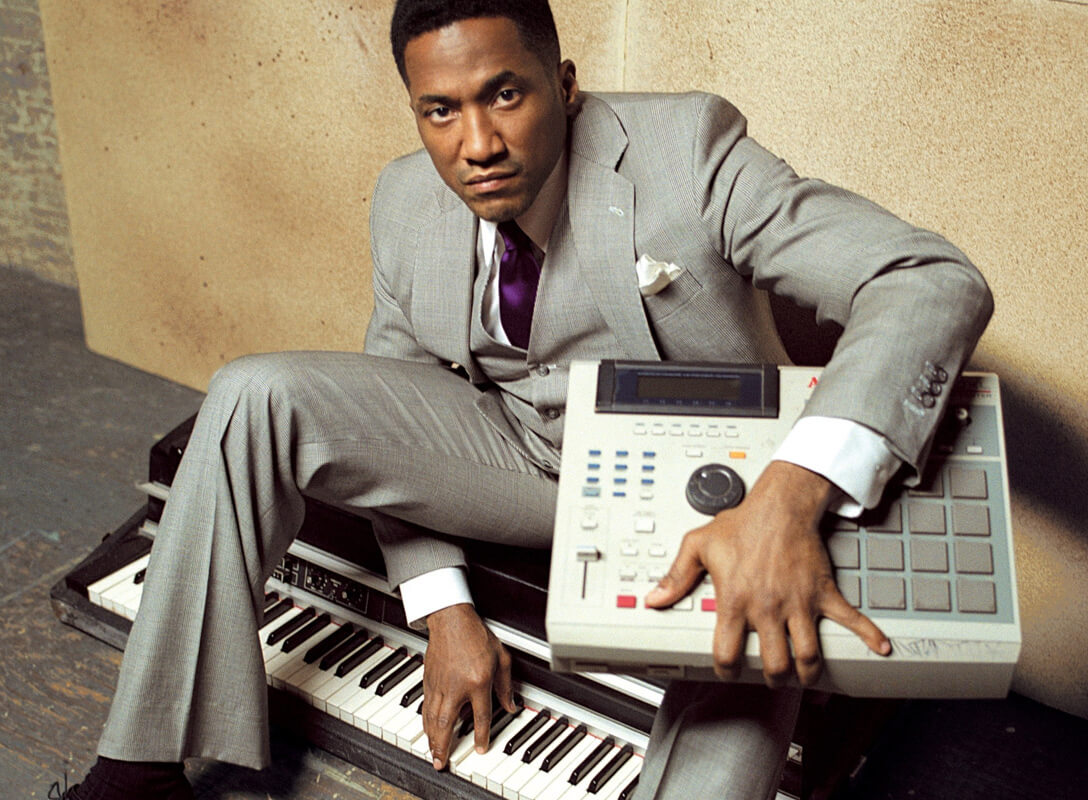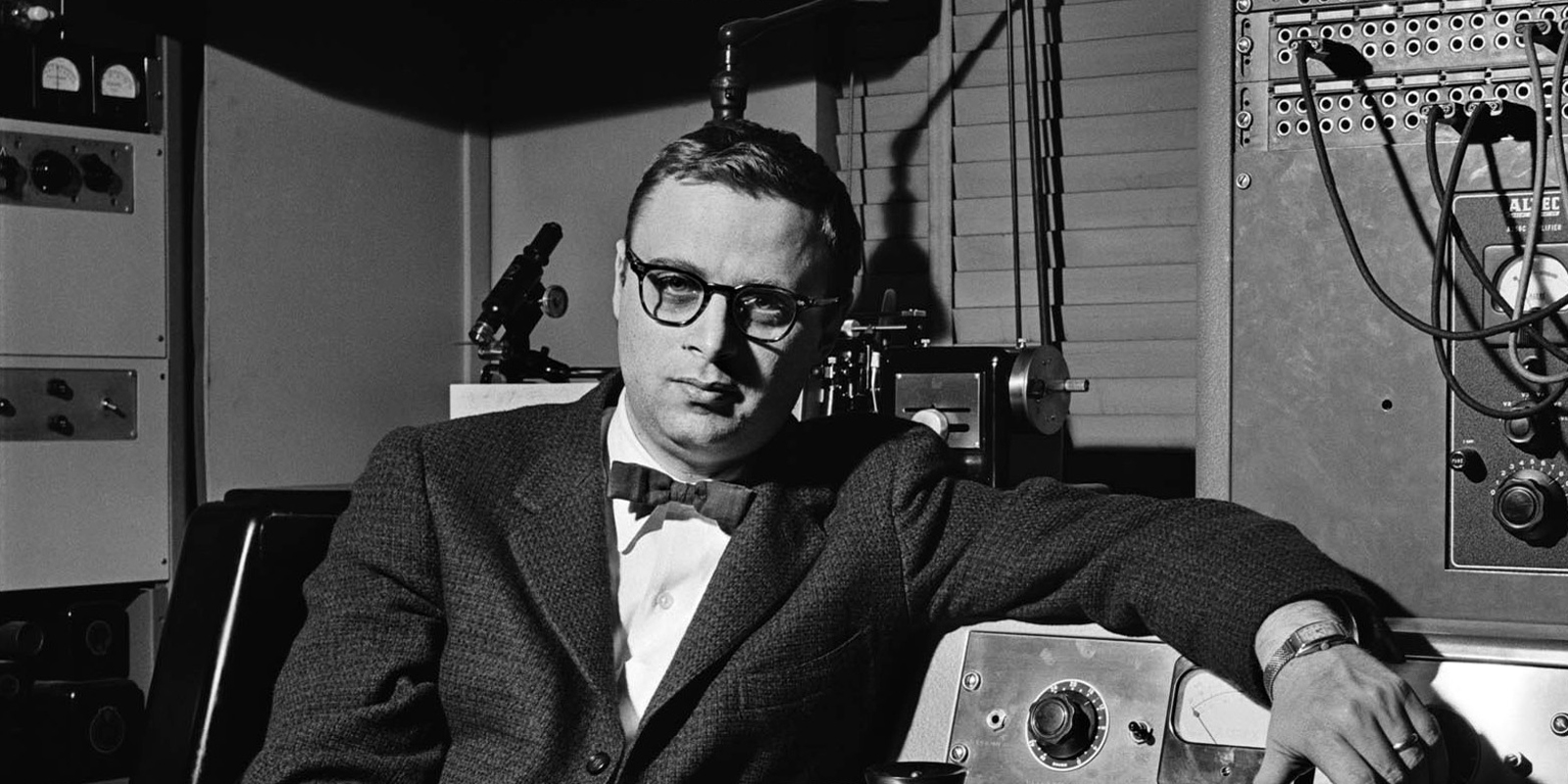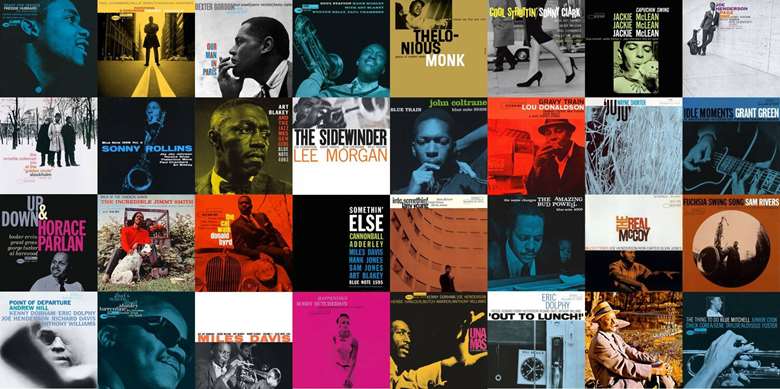What is Jazz Music?
In the bustling streets of New Orleans, amidst the vibrant mix of cultures and sounds, a new form of music was born. Jazz Music, with its rich history and diverse influences, stands as a cornerstone of musical expression. As a music producer, understanding jazz goes beyond appreciation. It unlocks a treasure trove of techniques and concepts that can elevate your craft to new heights.
In this blog, we’ll delve into the historical context of jazz, explore its defining characteristics, examine different types of jazz, discuss its influence on other genres, and uncover jazz techniques relevant to music production.
A Brief Jazz History
Origins of Jazz
Jazz can trace its roots back to the late 19th century in New Orleans, where African rhythms, European harmonies, and American instrumentation converged. The melting pot of cultures in the city’s Congo Square gave rise to a unique musical blend, characterized by improvisation and syncopated rhythms. From the lively brass bands of the streets to the intimate settings of Storyville’s brothels, jazz began to take shape as a distinct art form.
Evolution and Development Over Time
As jazz spread across the United States and beyond, it underwent various transformations, reflecting the social, cultural, and political landscapes of the times. From the ragtime-infused sounds of the early 20th century to the avant-garde experiments of the bebop era, jazz continued to push boundaries and defy conventions. Jazz also adapted to developments in music technology, embracing new instrumentation and recording techniques with flair.
Key Figures and Milestones in Jazz History

Throughout its history, jazz has been propelled forward by a host of visionary artists and innovators. Key figures such as Louis Armstrong, Duke Ellington, Charlie Parker, and Miles Davis played pivotal roles in shaping its evolution. From the pioneering trumpet virtuosity of Louis Armstrong to the groundbreaking compositions of Duke Ellington, these trailblazers pushed the boundaries of what was possible in music. Milestones such as the recording of “West End Blues” by Louis Armstrong in 1928 and the release of Miles Davis’ “Kind of Blue” in 1959 marked defining moments in jazz history, showcasing the genre’s enduring relevance and influence.
Characteristics of Jazz Music
Improvisation
At the heart of jazz lies the spirit of improvisation, where musicians spontaneously create melodies and harmonies on the spot. Whether through intricate solos or collective jam sessions, improvisation allows for endless creativity and exploration. Each performance is a unique and unpredictable experience.
Harmony and Chord Progressions
Harmony is another hallmark of jazz, with musicians often exploring complex chord progressions and extended harmonies. Many Jazz recordings are grounded in a recurring melodic line over a harmonic chord progression. Then there will often be space given throughout the performance for individual solos. From the lush voicings of Bill Evans to the dissonant clusters of Thelonious Monk, jazz harmony offers a rich palette of colours and textures for musicians to explore and experiment with.
Call and Response
A fundamental aspect of jazz performance is the call and response interaction between musicians. It can manifest as an interplay between soloist and ensemble or between different sections of the band. this dynamic call and response adds depth and dimension to the music, creating a sense of dialogue and conversation.
Blues Influence
Rooted in the African American experience, the blues serves as a foundational element of jazz. It infuses it with emotion, soul, and authenticity. From the mournful melodies of the blues ballad to the gritty intensity of the blues riff, the blues influence can be heard in every aspect of jazz, lending it a raw and visceral quality that speaks to the human condition.
Instrumentation and Ensembles
Jazz encompasses a wide range of instruments and ensemble configurations, from small combos to big bands. The trumpet, saxophone, piano, bass, and drums are among the most common instruments found in jazz combos. Each instrument contributes its own unique timbre and texture to the music. While these 5 instruments are considered the standard, jazz instrumentation is as diverse and eclectic as the genre itself. In fact nothing is off the table when it comes to Jazz instrumentation. This is perfectly demonstrated in the following video where Rufus Harley gives Coltrane a run for his money on Bagpipes!
Different Forms of Jazz
Traditional Jazz (New Orleans, Dixieland)
The roots of jazz can be traced back to the streets of New Orleans. Here brass bands and marching ensembles laid the foundation for the genre. Dixieland jazz, with its lively rhythms and spirited improvisation, captures the joy and exuberance of early jazz. It easily transports listeners to the bustling streets and vibrant dance halls of the Crescent City.
Swing
In the swing era of the 1930s and ’40s, big bands reigned supreme. Iconic bandleaders such as Count Basie, Duke Ellington, and Benny Goodman lead the way. Characterized by its infectious rhythms and soaring melodies, swing music became synonymous with the glamour and excitement of the swing dance craze. Swing swept across America and beyond becoming one of the first mass-market forms of popular music. With its emphasis on ensemble playing and tightly arranged compositions, swing remains a timeless and beloved style of jazz.
Bebop
Bebop emerged in the 1940s as a reaction against the constraints of swing. Musicians of the time were seeking greater freedom and expression in their improvisations. Pioneers such as Charlie Parker, Dizzy Gillespie, and Thelonious Monk pushed the boundaries of harmony and rhythm. They helped usher in a new era of virtuosity and innovation. Characterized by its fast tempos, complex chord changes, and bebop language, this dynamic and revolutionary style of jazz marked a departure from the accessible melodies of swing, challenging listeners with its daring harmonies and lightning-fast improvisations.
Cool Jazz
In contrast to the frenetic energy of bebop, cool jazz emerged in the late 1940s and ’50s as a more relaxed and understated alternative. Artists such as Miles Davis, Gerry Mulligan, and Chet Baker embraced a cooler, more laid-back approach to improvisation. They favoured subtle harmonies, gentle rhythms, and a focus on melodic exploration instead. Cool jazz provided a welcome respite from the intensity of bebop, offering listeners a smoother, more introspective listening experience. The Cool Jazz sound and aesthetic would go on to inspire many other music styles such as Bossa Nova and Exotica.

Modal Jazz
Modal jazz, was popularized by musicians such as Miles Davis, Yusef Lateef and John Coltrane in the late 1950s and ’60s. It shifted the focus away from complex chord progressions towards modal improvisation often in a minor scale. By exploring a single scale or mode for extended periods, modal jazz opened up new avenues for improvisation and expression. Pieces like Miles Davis’ “So What” and John Coltrane’s “Impressions” exemplify this approach. This style of Jazz delves deep into the modal framework to create expansive, hypnotic soundscapes.
Fusion
In the 1960s and ’70s, jazz began to fuse with other musical genres. This gave rise to Jazz hybrids. Artists such as Miles Davis, Herbie Hancock, and Chick Corea blended elements of jazz with rock, funk, and electronic music, creating a bold and innovative new sound. Jazz Fusion as it became known embraced electric instruments, synthesizers, and unconventional song structures. It pushed the boundaries of traditional jazz while captivating audiences with its energy and experimentation. Albums like Miles Davis’ “Bitches Brew” and Herbie Hancock’s “Head Hunters” are iconic examples of this genre-defying approach.

Contemporary Jazz Styles
In the 21st century, jazz continues to evolve and adapt to the ever-changing musical landscape. The 2020’s have seen a real resurgence of interest Jazz music. This was demonstrated by UK outfit Ezra Collective scooping the Mercury Prize for album of the year 2023. Contemporary jazz encompasses a wide range of styles and influences, from the Hip-Hop influenced fusion experiments of artists like Kamasi Washington and Robert Glasper to the boundary-pushing explorations of avant-garde musicians such as Matana Roberts and Vijay Iyer. Whether drawing inspiration from hip-hop, Soul, electronic music, or world music traditions, contemporary jazz artists are redefining the genre for a new generation of listeners.
The Influence of Jazz Music on Other Genres
The impact of jazz has always extended far beyond its own borders. It helps shape the development of numerous other musical genres as detailed here:
- Pop music owes a debt to jazz for its sophisticated harmonies and melodic inventiveness.
- Rock music has been influenced by jazz improvisation and rhythmic complexity. During the 1970s Jazz Rock became popular, led by groups such as Blood Sweat and Tears and Chicago. Prog Rock also draws parallels with Jazz music in the way it embraces technical musicality and excess.
- Soul and R&B artists have always drawn inspiration from jazz vocalists and instrumentation. Jazz infuses their music with soulful melodies and grooves. In the early 70’s a new style termed Soul-Jazz was coined with artists such as Les McCann, Gill Scott Heron and Roy Ayers leading the movement. Later in the 90’s Neo-Soul brought these Soul Jazz traditions bang up to date.
- The foundations of Hip-Hop were built upon an eclectic mix of music which very much included jazz. In the early 90s artists began to sample jazz recordings and incorporated jazz-influenced rhythms and melodies into their beats. This created a seamless fusion of two distinct musical traditions culminating in a sound known as Jazz Rap.
- World music traditions have also been enriched by jazz, with artists from diverse cultures embracing jazz’s spirit of improvisation and collaboration to create hybrid sounds that transcend geographical boundaries.
Jazz Techniques and Concepts Relevant to Music Production
Sampling Jazz Recordings
One of the most common techniques used by music producers is sampling and Jazz recordings have proven to be fertile ground. Most notably the Hip Hop groups A Tribe Called Quest and Gang Starr would take Jazz sampling to a whole new level. By extracting musical and rhythmic snippets from classic or obscure jazz tracks and integrating them into their own compositions, producers can add an element of authenticity and nostalgia to their tracks.
Whether it’s looping a catchy horn riff, chopping up a drum break, or layering a lush piano chord progression, sampling jazz recordings allows producers to tap into the rich sonic tapestry of jazz.

And if you’re looking for some jazzy flavours to sample yourself, why not peruse the extensive catalogue here at RouteNote Create. We have even compiled a list of our favourite Jazzy packs.
Incorporating Jazz Chord Progressions and Scales
Another technique employed by music producers is incorporating jazz chord progressions and scales into their compositions. Jazz harmony is characterized by its sophisticated chord voicings and extended harmonies. These offer producers a vast array of colours and textures to work with. By studying jazz chord progressions and scales, producers can infuse their tracks with harmonic richness and complexity. This can create a sense of depth and sophistication that sets their music apart.
Applying Jazz-Inspired Rhythms and Phrasing
Jazz is renowned for its intricate rhythms and fluid phrasing. Producers can draw inspiration from these elements to enhance their own compositions. By incorporating syncopated rhythms, swung grooves, and improvisational phrasing into their beats and melodies, producers can imbue their tracks with a sense of swing and groove that keeps listeners engaged and moving. Experimenting with off-beat accents, polyrhythmic patterns, and call-and-response motifs adds a dynamic and organic feel to the music, creating a sense of spontaneity and excitement.
Mixing and Production Techniques Used in Jazz Recordings

Finally, producers can learn from the mixing and production techniques used in jazz recordings. Records from labels such as Blue Note and Prestige are revered for their rich depth and warmth. Jazz recordings often prioritize a balanced and natural sonic aesthetic, with a focus on capturing the energy and intimacy of live performance.
Producers can emulate this approach by employing techniques such as careful microphone placement to capture the nuances of each instrument. The use of minimal processing to preserve the authenticity of the sound is also important. Tasteful reverb and room ambience can create a sense of space and depth. Additionally, attention to detail in the mixing process, such as balancing levels, panning instruments, and sculpting the frequency spectrum, can help achieve clarity and cohesion in the final mix.
Conclusion
In conclusion, jazz music is a rich and diverse genre. It continues to captivate listeners and inspire musicians across the globe. By understanding the historical context, characteristics, and different styles of jazz, music producers can gain valuable insights into the creative possibilities and techniques that jazz offers. From its origins in the streets of New Orleans to its influence on a wide range of musical genres, jazz remains a vibrant and enduring force in the world of music.
As a producer, Jazz music offers a wealth of inspiration and knowledge that can help elevate your productions to new heights. I would encourage you to embrace the spirit of jazz and incorporate its timeless techniques and concepts into your music. Who knows? You may just discover a whole new world of creative possibilities waiting to be explored.
With that, I leave you with a quote from the legendary jazz pianist, Duke Ellington: “Jazz is a good barometer of freedom.” So let your music soar and embrace the freedom of expression that jazz has to offer.
And remember, the journey of discovery is never-ending. Keep exploring, keep experimenting, and keep creating.
Thank you for reading.
Remember – RouteNote Create subscriptions start from as little as $2.99. You also get 10 FREE credits to spend on samples along with access to our FREE sample pack bundle when you sign-up
